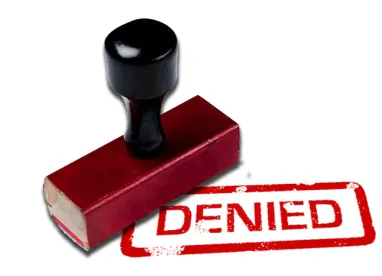Takeaway: Simply stating that art is analogous and in the same field of endeavor is not enough to establish that it would have been obvious to combine the features of the art.
In its Decision, the Board denied institution of inter partes review of any of the challenged claims (1, 3-4, 6-10, 12-15, 17-18, and 20-22) of the ’872 Patent. The ’872 Patent relates generally to a method for selecting and allocating a seat or group of seats to a ticketed event, such as a sporting or concert event.
The Board first addressed Patent Owner’s argument that institution should be denied as to the first ground because all of the prior art was before the Patent Office during prosecution or in the ’872 Reexamination. The Board noted that it has discretion on whether to deny institution under 35 U.S.C. § 325(d), and first must determine whether the grounds asserted were “the same or substantially the same prior art or arguments” as those previously presented to the Office, and then whether it is appropriate to exercise its discretion to deny institution.
The Board first had to consider whether or not Brett and Silberschatz were presented to and considered previously by the Office in conjunction with the challenged claims, and then whether or not Brett’s disclosure of “pre-rank[ed]” seats was relevant and overlooked by the Examiner. The Board noted that it is uncontroverted that Brett and Silberschatz were presented to and considered by the Office. Therefore, the Board turned to whether the Examiner overlooked certain disclosures that are relevant to and render obvious the definition for a best unassigned seat being “set by the ticket seller.” The Board found that Petitioner failed to explain or link Brett’s disclosure of “rank[ing]” seats for setting the relative prices of seats in a venue, to determining and selecting a best unassigned seat according to “a definition [] set by a ticket seller” as called for in the independent claims of the ’872 Patent.
Without a clear link or explanation as to why this disclosure is applicable to the claim limitations noted by Petitioner, the Board was not persuaded that the Examiner overlooked or misapprehended any relevant disclosure in Brett. The Board found that during the reexamination, the Office considered substantively the same prior art and arguments substantially similar to those set forth by Petitioner in this IPR.
The Board then reviewed whether it should exercise its discretion and deny the Petition. The Board found that Petitioner was asking the Board to reconsider the Office’s decision in the reexamination. Given the clarity of the already-considered difference in scope between the prior art and challenged claims, the Board did not need to re-analyze those references and reconsider unpatentability issues presented previously to and considered by the Office.
The Board then reviewed ground 2-5, that the challenged claims are unpatentable over Brett, Silberschatz and any of Austin, Nakfoor, Gathman, or Nester. The Board noted for each of these grounds that Petitioner did not identify in the Petition any differences between the prior art and the claims at issue, or provide a substantive analysis of why or how a person of ordinary skill in the art would have modified the prior art to render the claims obvious. The Board noted in particular that merely arguing that the art is analogous is not enough to establish that it would have been obvious to combine their features.
Front Row Technologies, LLC v. MLB Advanced Media, L.P., IPR2015-01932
Paper 7: Decision Denying Institution of Inter Partes Review
Dated: March 25, 2016 Patent 8,121,872 B2
Before: Richard E. Rice, Scott A. Daniels, and Carl M. DeFranco
Written by: Daniels



 />i
/>i

